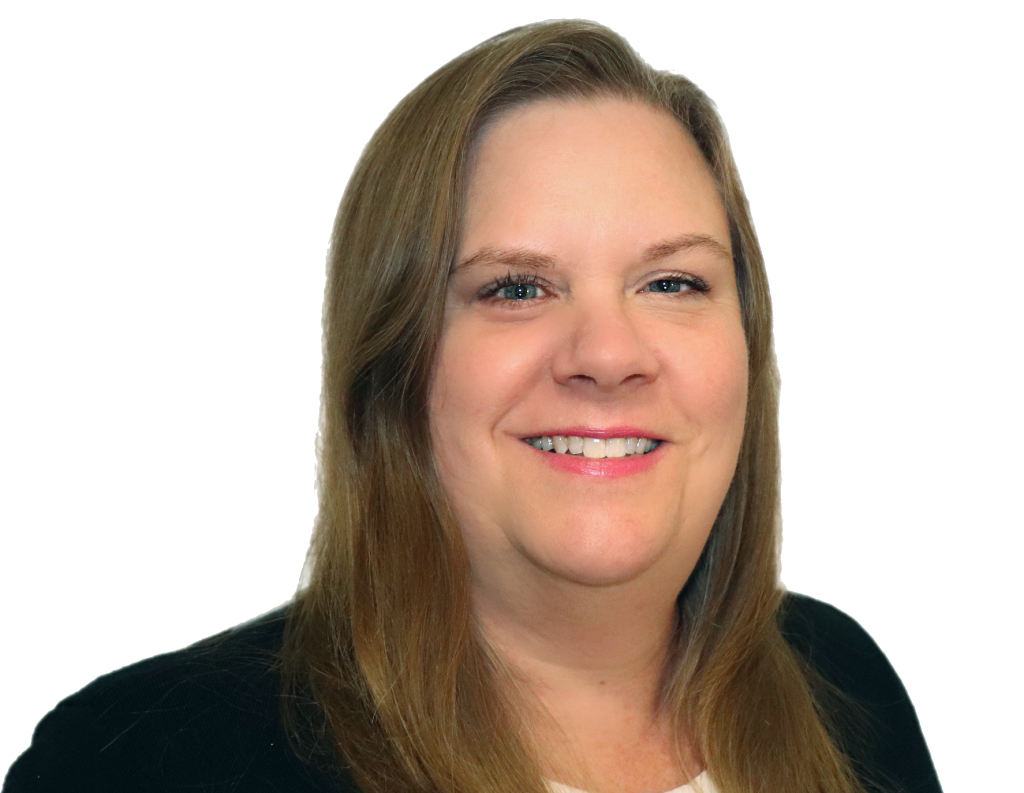
Clinical Documentation Improvement: Are EMR Shortcuts Wreaking Havoc on Your Practice’s Documentation?
As providers look for ways to document more efficiently, they are increasingly turning to technology-based shortcuts. Unfortunately, there are some pitfalls associated with relying on some electronic medical record (EMR) conveniences. In this article, we will discuss a few EMR shortcuts that have the potential to wreak havoc on your documentation.
Drop down ICD-10-CM Codes
Many EMRs offer the option to select diagnoses with correlating ICD-10-CM codes from a drop-down menu in the assessment and plan portion of the note which can be problematic for multiple reasons. We have encountered audits where providers consistently coded the wrong diagnosis. After taking a closer look at the EMR, we found that the description of the diagnosis documented in the assessment and plan did not match the ICD-10-CM code listed. This can make it confusing to decipher what the patient’s true diagnosis was. This could also cause a coding issue if the provider was relying on the EMR ICD-10-CM code to be accurate. If you factor in all providers in a group utilizing the same EMR and erroneous ICD-10-CM drop-down menu function, the problem gets exponentially worse.
Another drawback of relying on diagnosis drop down menus is that providers can get frustrated if they cannot find the correct code efficiently. When this happens, they may select “the closest code”, which is often incorrect. We recommend providers free text their diagnoses in the assessment and plan to ensure they are documenting as accurately and completely as possible.
Smart Phrases
Another handy tool providers like to utilize are smart phrases, which are macros that can be very powerful if used correctly; however, there can be a lot of documentation issues that stem from smart phrases when they are used in a not so “smart” way. For example, we see teaching physician attestations that read “I saw and examined the patient with the student/resident/NPP and agree with their findings” – we do not recommend ambiguous statements like this. A better way to utilize this teaching physician smart phrase would be for the provider to backtrack and insert the specific provider type they saw and examined the patient with, as most EMRs will allow the provider to use and edit a smart phrase. We also see providers using outdated verbiage in their smart phrases. In 2021, the office and outpatient evaluation and management (E/M) guidelines revised the documentation requirements for time. It is no longer necessary to state that greater than 50% of the time was spent on counseling and coordination of care. However, that phrase is still being used in 2023 because providers have not reviewed and updated their smart phrases (since at least 2021) to remove that language. We recommend providers review smart phrases on a yearly basis to ensure they are compliant with current documentation guidelines.
Copying and Pasting the Previous Visit Note
Many EMRs allow providers to copy forward the last visit or progress note and then edit it to use for the current visit. While this is a huge time saver, it can lead to opportunities for documentation errors. Providers should use this EMR function very judiciously. We have audited “Franken notes” where the past and the present collide in a confusing mess. For example, the history of present illness (HPI) is brought over from the past encounter stating the patient’s hypertension is out of control. Upon reviewing the assessment and plan, which was updated at the current visit, it states the hypertension is stable on current medications. It is very important that providers thoroughly review and edit copied notes so they paint the most accurate picture of the patient’s conditions throughout the entire note.
In summary, there are many powerful shortcuts providers can use to improve their efficiency when documenting in the EMR, but as the saying goes, with great power comes great responsibility. We recommend providers have their shortcuts and documentation reviewed annually to ensure they are documenting as accurately as possible.
For more information, please contact Angela Wood at AWood@AskPHC.com or 704-978-9052.


